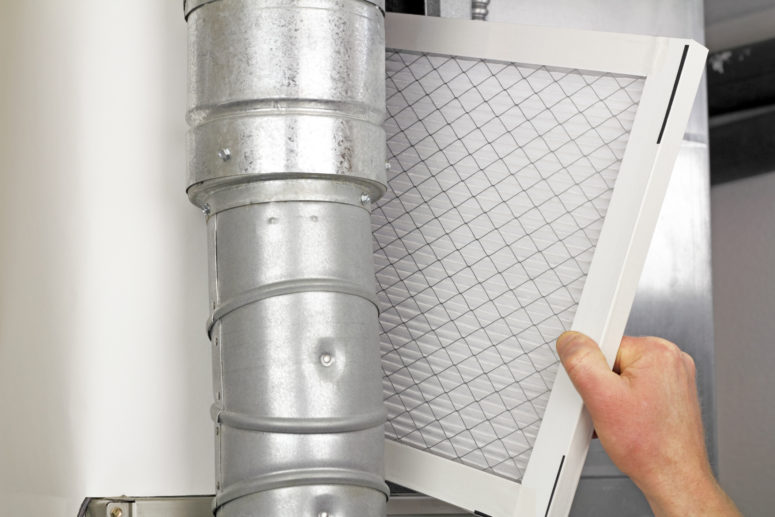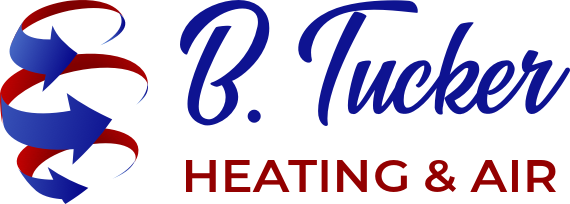
Air filters are designed to protect the blower fan and the evaporator coil in your furnace or heat pump fan-coil by removing particulates from the air as it is passes through the system. These filters are made of porous membranes that allow air to pass through but trap particles of dust, dirt, pollen, pet dander, and other pollutants. The accumulation of these particles on the filter or evaporator coil reduces air flow and decreases the efficiency of the HVAC system. Changing filters regularly improves indoor air quality, extends the life of the system and reduces energy cost.
In the average family home, filters should be monitored at least every 90 days. Filters in homes with pets should be monitored more frequently. Most service companies have maintenance programs that call for two visits a year. Technicians should make the customer aware of how often filters should be changed and instruct the homeowner how to do it themselves, if it is necessary to the proper operation of their systems.
Filters are rated using the “minimum efficiency reporting value” or MERV rating system. There are several different types of filters:
Fiberglass/synthetic filters – These flat panel disposable filters are the most common type and are the least efficient. They are inexpensive and catch only larger particles moving through the system. They do not remove harmful contaminates or improve air quality. Their MERV rating is very low, usually in the low single digits.
Polyester and pleated filters – These filters are a slight bit more expensive that fiberglass filters but are better quality and longer lasting. Pleats increase surface area, which catches more airborne particles. The polyester material is also less porous and is a better choice for people with allergies or asthma. MERV rating for these devices generally touch on the lower double digits.
Electrostatic filters – This type of filter has self-charging fibers that attract and trap particles from the air. Two types are available – disposable and a type that is washable. Disposable ones should be changed regularly, just like the previously mentioned filters, about every 6 months. Washable ones should be cleaned regularly and dried completely before reinstalling. The washable ones can last between 1 and 4 years with proper maintenance. MERV rating for these devices range into the mid double digits.
HEPA filters – Most residential systems cannot accommodate HEPA filters. They are more commonly used in hospitals and commercial systems. They are very high efficient, trapping the most harmful particles. These devices do, however, decrease the efficiency of the central systems to which they are attached. MERV ratings for these devices are at the top the scale.

